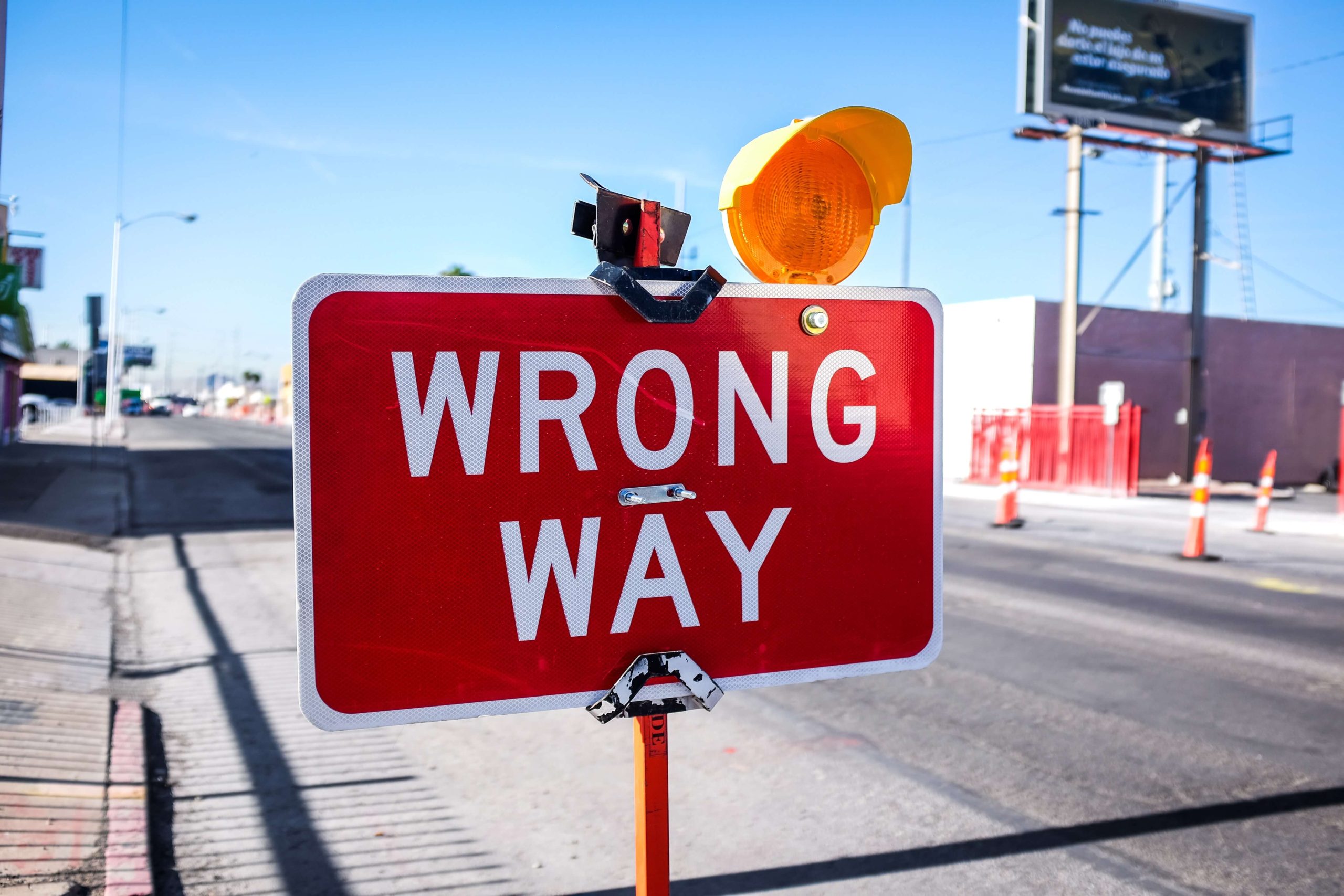
In the August/September 2014 issue of Morningstar magazine, Carl Richards wrote an article entitled, “Job One”. In this article Carl Richards talks about what he calls “The Big Mistake” and how those are all but impossible to recover from. While the magazine is for financial professionals and written in that regard, I found the article compelling from a client perspective as it indicates a vital role that an advisor generally will undertake for their clients.
The article tells the story of a business owner in the late 1990’s preparing to sell his business and reviewing his portfolio to see what adjustments he wanted to make as he entered retirement. He had seen the skyrocketing of technology mutual funds in a portion of his portfolio and decided that it made the most sense to transition his entire portfolio to technology. Many will recall the dot-com bust that started in March of 2000. We saw tech stocks fall nearly 80% over the next 2 years. Nearly 2 decades later, that business owner, who was all set to retire, is still working.
We have all heard the stories of somebody buying a lottery ticket investment, but most don’t want to share the stories of people chasing that same meteoric rise for themselves and creating a situation that is impossible to recover from. Many advisors will say that the biggest mistake is buying high and selling low, investing with emotion, not having a clear plan, or not having a diversified portfolio – all good things, but I will add one key to avoiding the big mistake that most will not mention: Understanding the risk of your investment portfolio.
The key to avoiding “the big mistake” (one that will alter your financial goal significantly) is understanding how much risk/reward your portfolio has in real statistical terms. There are various metrics that most investors don’t know what they represent or how to look for them. The true risk lies in an investment by looking at the volatility or standard deviation of an investment and the correlation of a particular investment amongst other investments.
If every investment you ever made came with a disclaimer that said, “This year this particular investment will perform in a range of (-20% to +40%)”, you would know if this investment made sense based on your goals and how much risk you would be willing to take. All investments typically have a calculated standard deviation that you can find on the internet. Technology stocks, Emerging Markets, Bitcoin (3.3 times as volatile as the S&P 500), all have calculations that can help understand your total portfolio standard deviation. By using all of the free data out there, a portfolio can be constructed to withstand market swings while also providing significant upside. The biggest mistake is not knowing your potential outcomes.
Some will say that diversification among asset classes is all you need to create risk reduction, but in reality, there are ways to invest with limited diversification and control your risk. If you want to know more, give us a call.

Stay In Touch